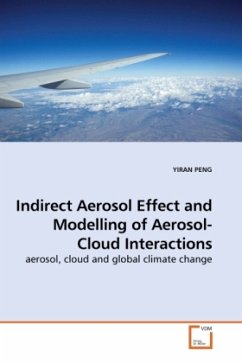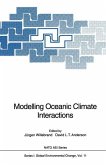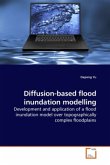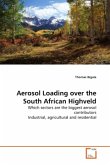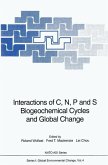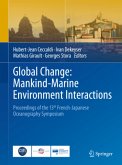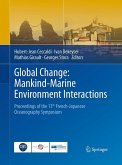An increasing number of aerosol particles released by human activity can cool the climate system. Analysis of data from field experiments show that the enhancement of aerosol number concentration increases the cloud droplet number and reduces the cloud droplet size, thus results in a higher cloud reflectivity (first indirect aerosol effect). The more numerous but smaller cloud droplets also decrease the precipitation efficiency, therefore prolonging cloud lifetime and increasing cloud reflectivity (second indirect aerosol effects). Additionally, anthropogenic aerosols modify the shape of cloud droplet size distribution as well as the cloud reflectivity (spectral dispersion effect). Not only aerosols, but also dynamical processes influence cloud properties. Data obtained from field campaigns are applied into an adiabatic parcel model, which simulates the cloud formation process and identifies a characteristic quantity to represent the vertical turbulence in marine stratus cloud. Both aerosol and dynamic influences are parameterized for applying into a General Circulation Model, in order to better understand the aerosol-cloud effects on global climate change.
Bitte wählen Sie Ihr Anliegen aus.
Rechnungen
Retourenschein anfordern
Bestellstatus
Storno

